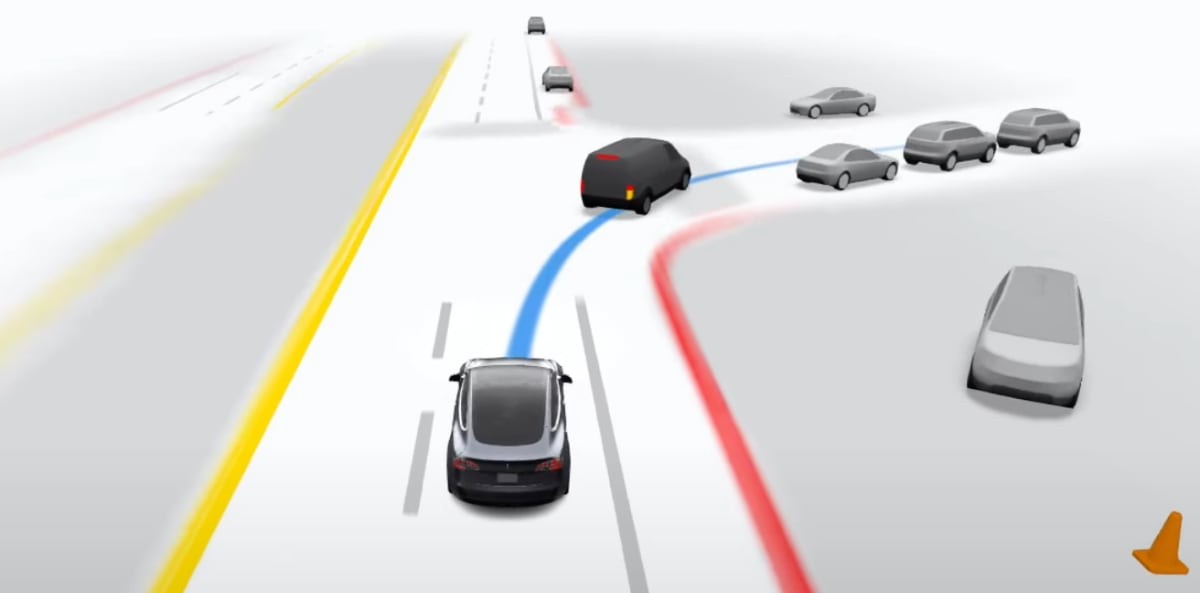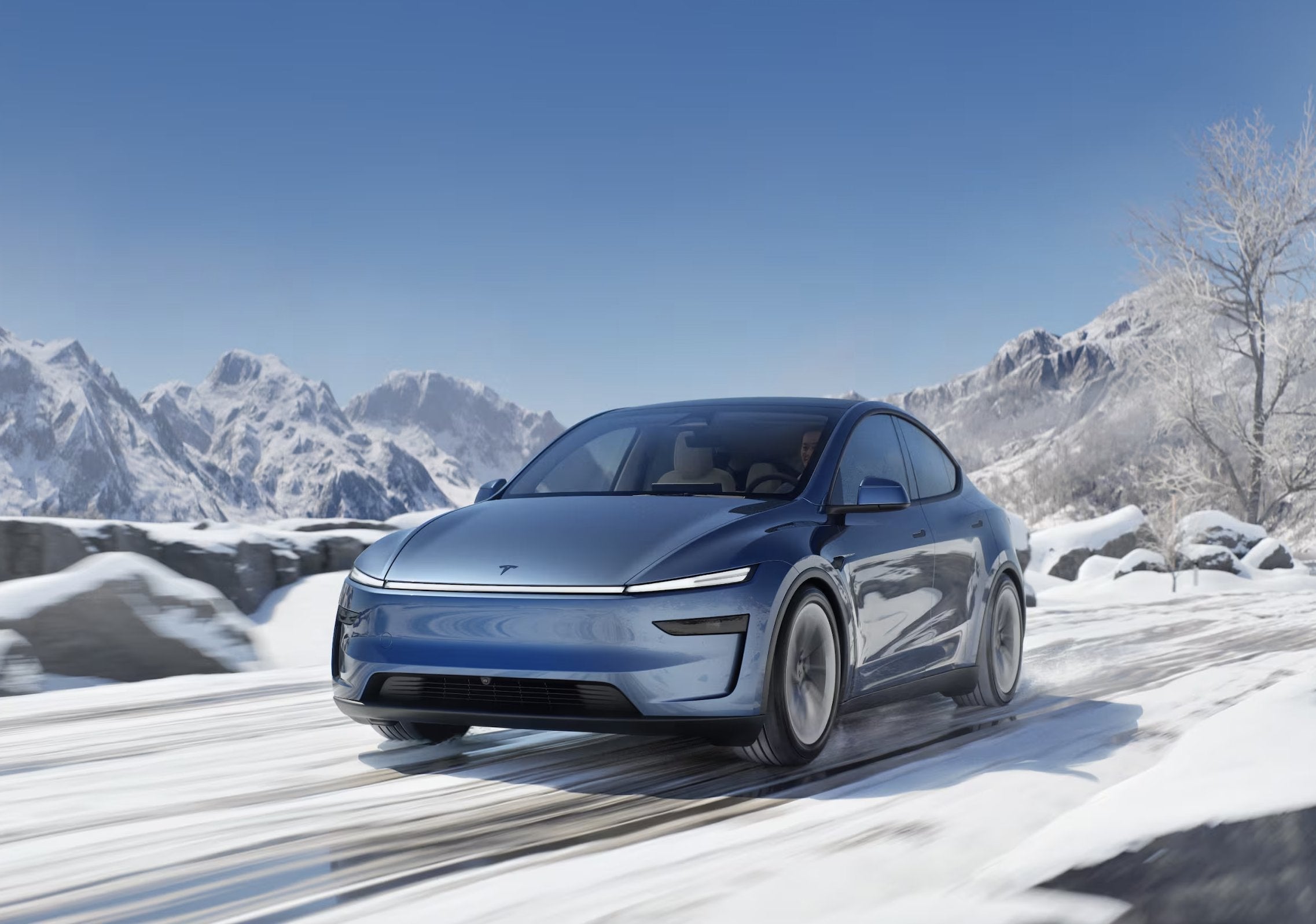
Tesla FSD V12.6.3 & V13.2.6 Updates Bring Important Enhancements
The recent FSD (Supervised) v12.6.3 and V13.2.6 updates deployed by Tesla contain significant enhancements in the end-to-end driving network architecture. The speed of deployment continues to grow, as does the amount of positive feedback.
Tesla has begun rolling out FSD (Full Self-Driving) updates to its vehicles with different hardware. FSD (Supervised) v12.6.3 for Hardware 3 (HW3), and v13.2.6 for Hardware 4 (HW4) have different feature sets. These updates are aimed at further optimizing autonomous driving performance and improving the driving experience.
The main new features for v12.6.3 for HW3 include:
End-to-end on highways
The system now enables end-to-end autonomous navigation on highways. The new highway stack means better decision-making on the highway, which is confirmed by owners.
Improved behavior in urban areas
It brings reduction of false delays and improved obstacle avoidance. Tesla has focused on some of the behavior issues on urban streets, such as false braking on green lights, which have been seen in current FSD V12 builds.
Customizable speed profiles
Tesla has updated the speed profiles. They are applicable on roads and highways with speed limits of 50 mph or higher. Chill will drive in slower lanes, with minimal lane changes, and will more strictly adhere to the speed limit. Standard will drive at a normal speed, adjusting to traffic. Hurry replaces Assertive and will drive faster and change lanes more often to stay at or exceed the speed limit.

Earlier and more natural lane change decisions
The system plans lane changes more proactively, which will be one of the most noticeable changes for HW3 users. Previously, FSD had difficulty choosing a lane, especially before an upcoming turn or exit.
Redesigned controller
The redesigned controller is a big change and ensures smoother and more precise driving behavior. The controller is what monitors your vehicle and objects around your car. The changes mean that FSD will now be able to make clearer decisions, which will bring more confidence and a smoother driving experience.
Update of the maximum speed
Autospeed has now been replaced by Max Speed Offset. Autopilot determines the appropriate speed within the set limits. Tesla recommends setting Max Speed Offset to 40%. However, you can use driver profiles to better control the speed of the car.

The main new features for v13.2.6 for HW4 include:
36 Hz, full resolution of AI4 video data
Enables more detailed and faster image processing.
Native AI4 inputs and neural network architectures
Optimized for the latest hardware.
4.2x data scaling
Increases the amount of data processed for more accurate decisions.
5x training performance scaling
Enabled by the cortex cluster.
Reduced latency from photon to control by a factor of 2
Faster reaction times of the system.
Speed profiles for city streets and highways
Adjustable speed control depending on the type of road.
Integrated functions for parking, reversing and parking
Expands the autonomous capabilities of the vehicle.
Improved predictions for collision avoidance
Increased safety through more precise risk assessment.
Improved camera cleaning
Ensures a clear view of the sensors.
Redesigned controller
For smoother and more precise driving behavior.
Dynamic route guidance around road closures
Automatically detects and avoids road closures.





1 comment
I’ve been driving in Boston for the last two years and FSD has gone from bad to perfect. I had to drive around Boston all day today and never touched the steering wheel. Good job Elon
c robert cusick
Leave a comment
This site is protected by hCaptcha and the hCaptcha Privacy Policy and Terms of Service apply.